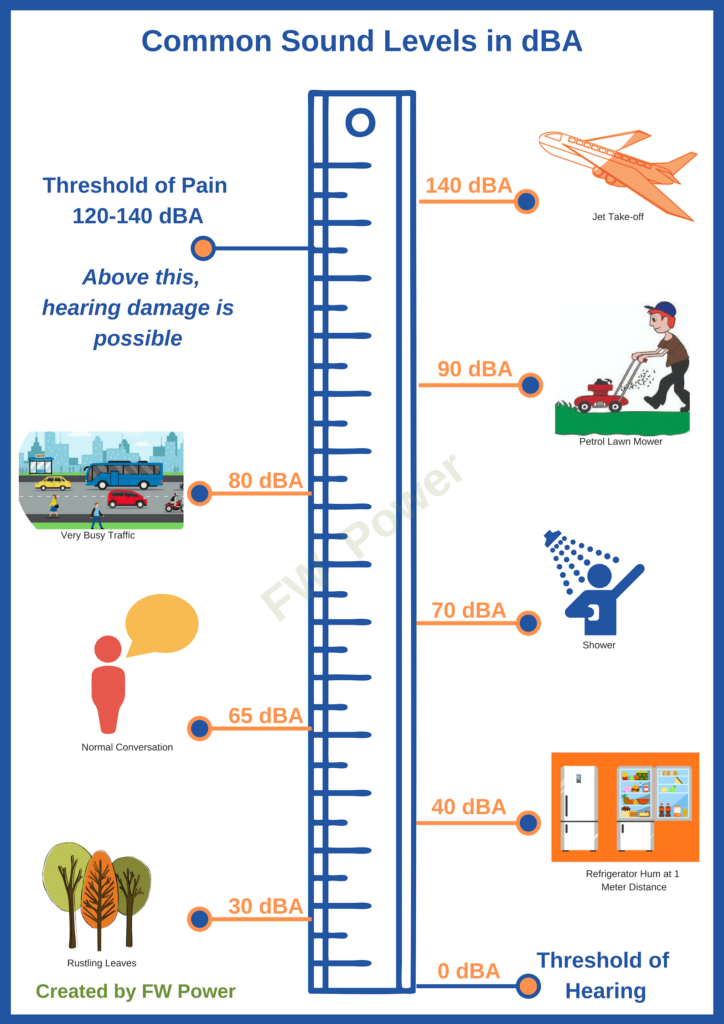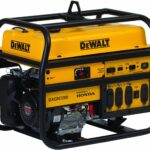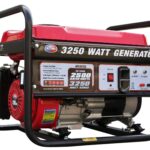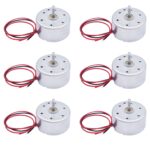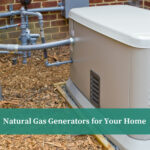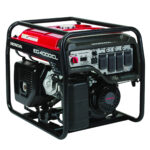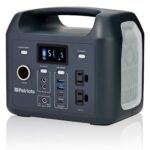Unlock the potential of a quieter generator with the Generator Decibel Chart. With the generator decibel chart, you can easily identify the noise level of your generator. This will allow you to make better decisions about how to use it in different environments without causing too much disruption to your surroundings. By understanding the decibel chart, you can also understand how different generator models compare to each other in terms of noise level, allowing you to choose the best one for your needs.
Definition of Generator Decibel Chart
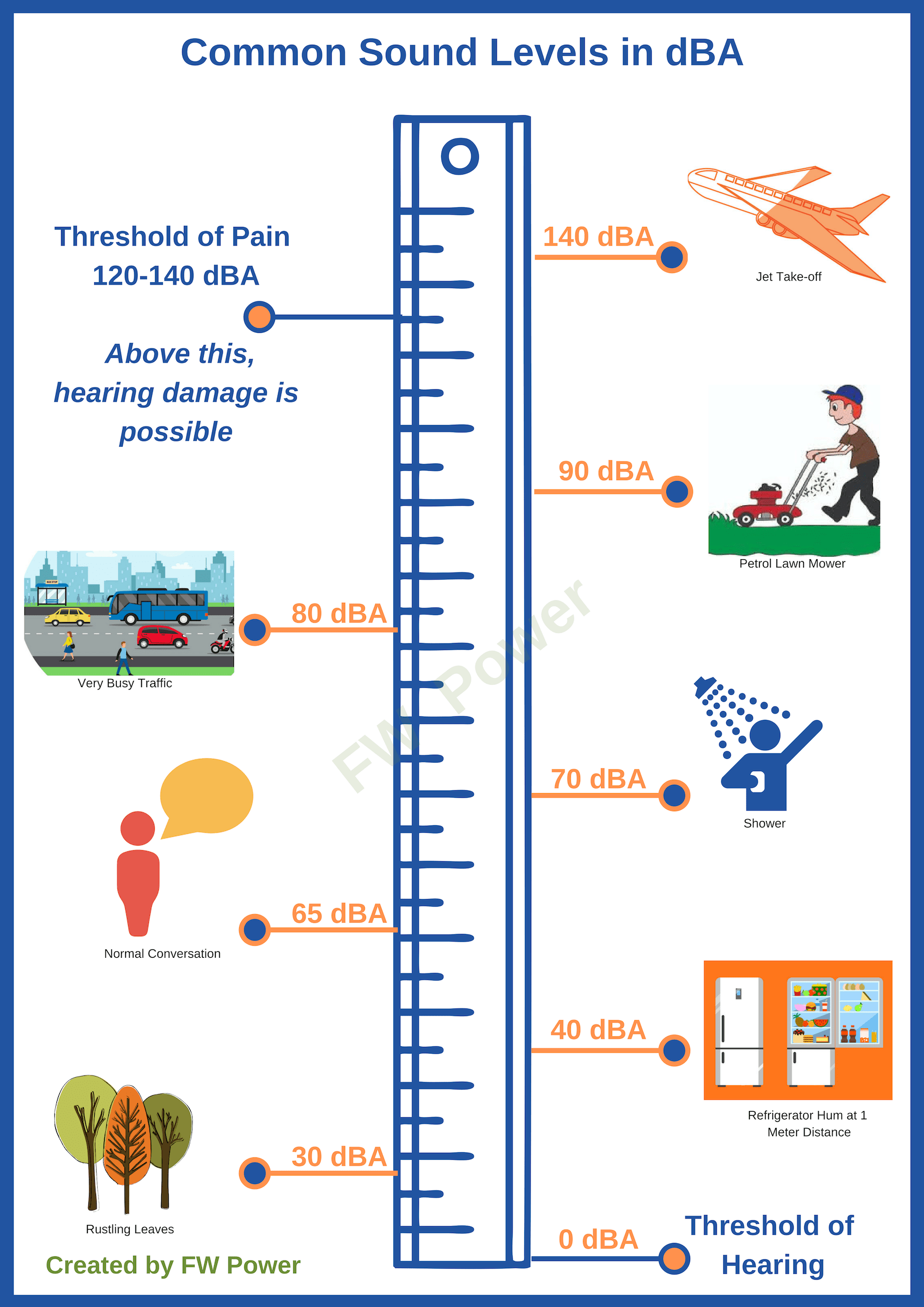
A Generator Decibel Chart is a chart that plots the dB (decibel) levels of various types of generators. Decibels are a measure of sound intensity, and are used to measure the loudness of various types of generators. The Generator Decibel Chart helps to determine the maximum dB levels for generators of different sizes, and helps to identify the quietest and loudest generators.
| Generator Size | dB Level |
|---|---|
| Small | 60 – 65 dB |
| Medium | 65 – 70 dB |
| Large | 70 – 75 dB |
Types of Generators
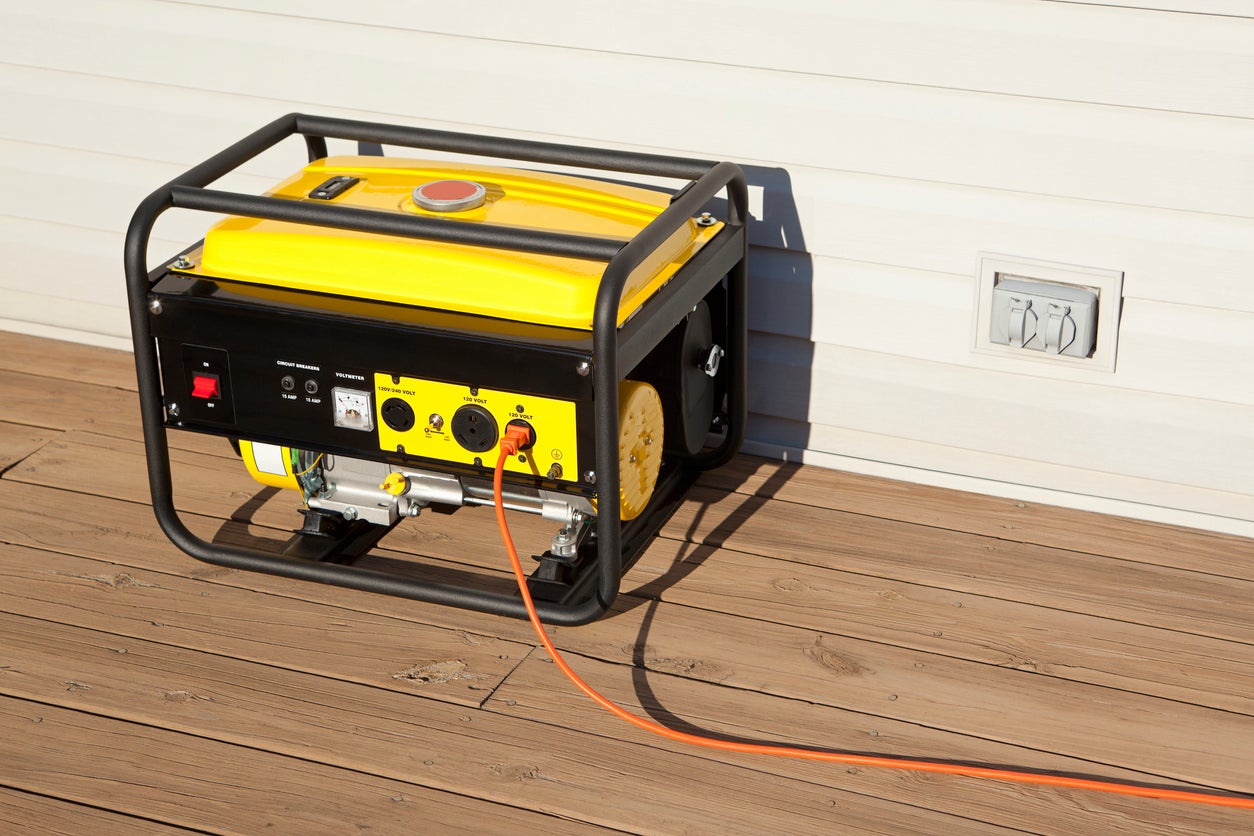
Generators are electrical devices that convert mechanical energy into electrical energy. Generators come in various types, each with their own pros and cons. The most common types are diesel, gasoline, propane, and natural gas generators. Diesel generators are more efficient than gasoline generators and require less maintenance. Propane generators provide a clean burning fuel and are ideal for camping and other outdoor activities. Natural gas generators are the most cost-effective and are suitable for residential or commercial applications. It is important to note that each type of generator produces different decibel levels, which should be considered when selecting the best generator for your needs.
Portable Generators

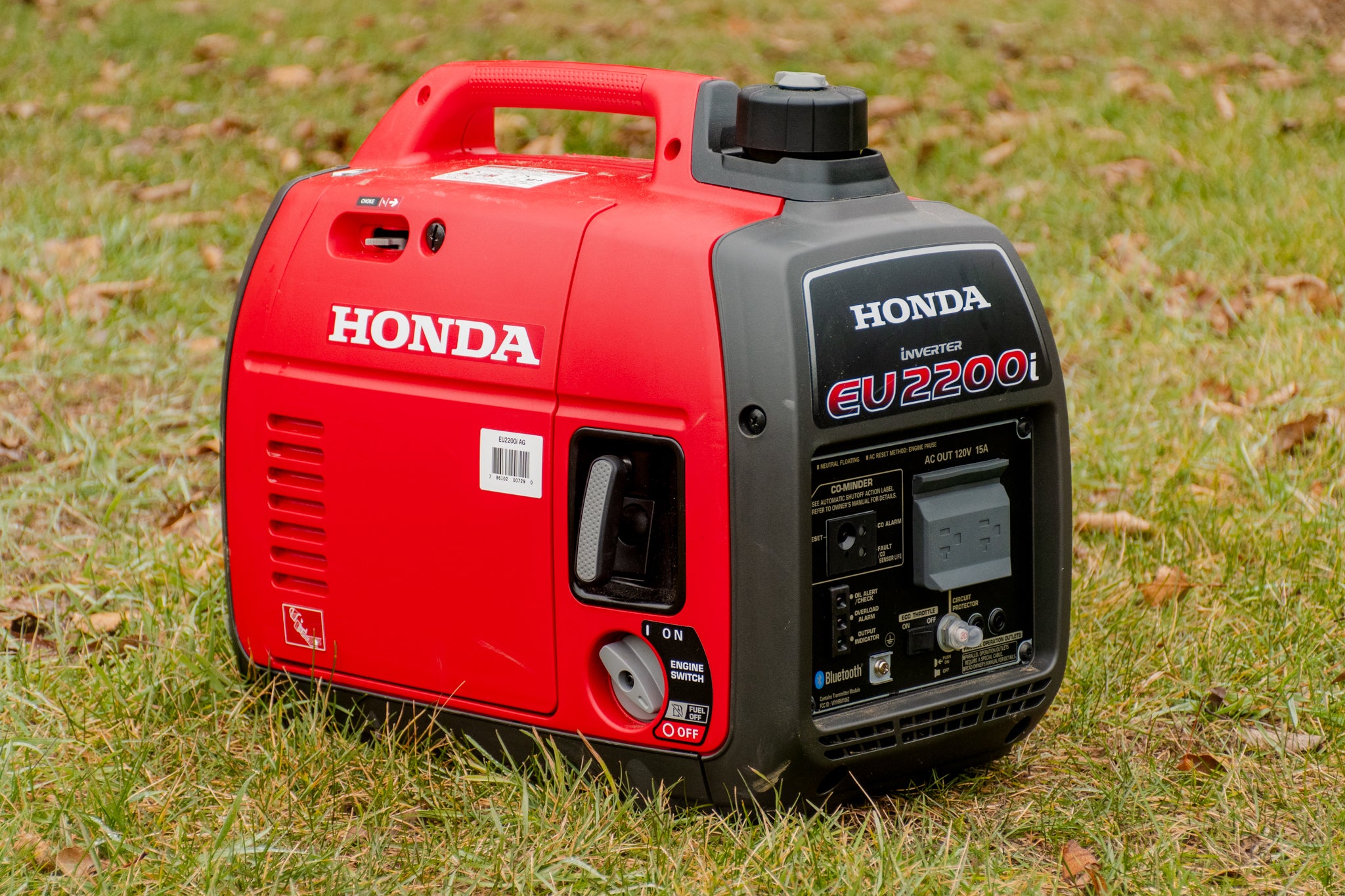
- The decibel range of portable generators is usually between 60-90 dB.
- Portable generators are usually used for temporary and emergency power for situations such as power outages, camping, and events.
- The size of the generator will affect the sound level. Smaller generators will have a lower decibel level than larger generators.
- Portable generators should be placed away from windows and other noise sensitive areas.
- Portable generators should be used with caution as they can be dangerous if not used properly.
Standby Generators
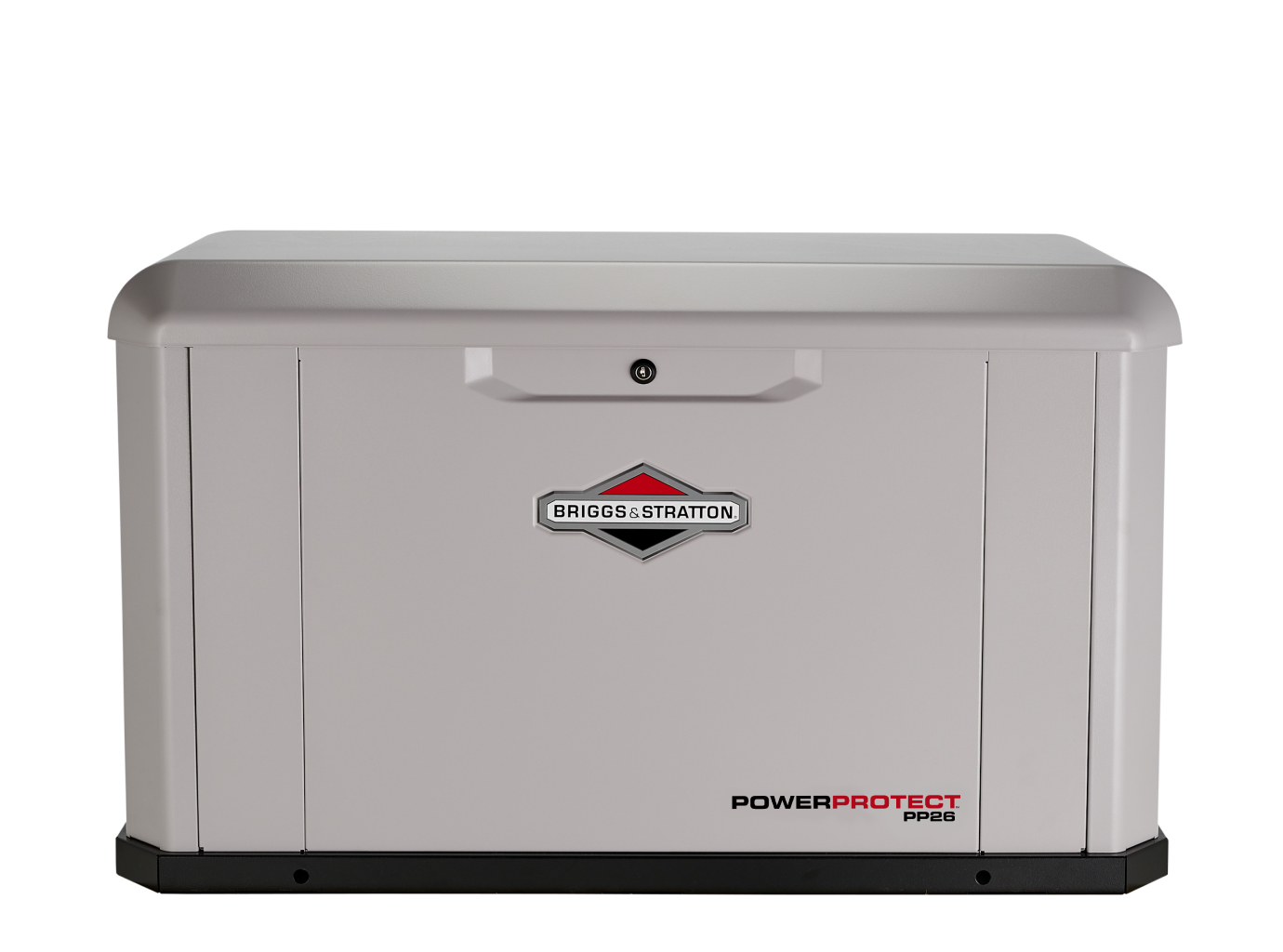
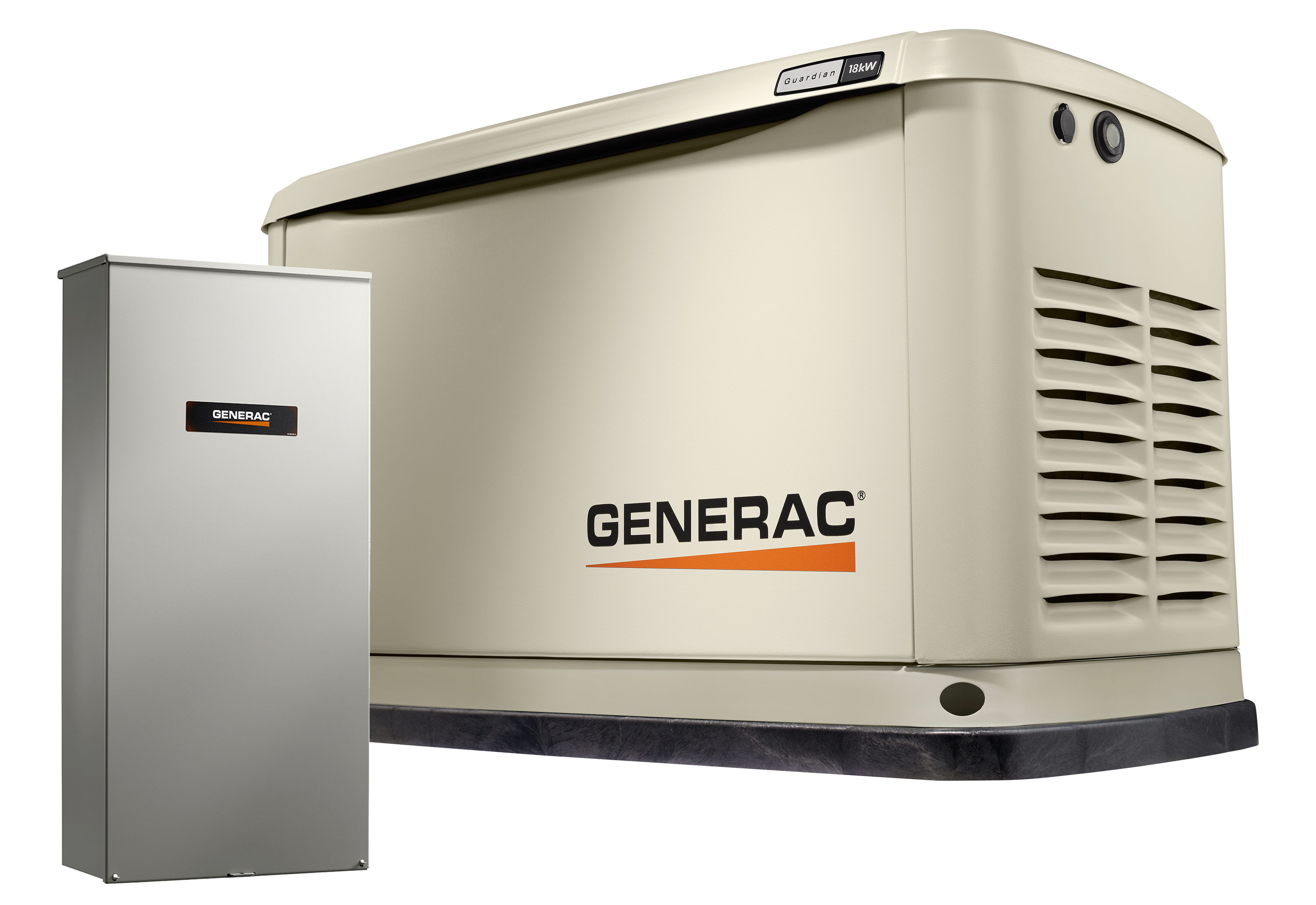
Standby generators are an effective way to ensure that your home, business, or industrial facility has a reliable source of power in the event of an outage. However, standby generators can generate a considerable amount of noise, so it’s important to be aware of their decibel levels when selecting one.
| Generator Size | Decibel Level |
|---|---|
| 7kW-12kW | 75-85 dB |
| 13kW-22kW | 78-92 dB |
| 23kW-45kW | 80-95 dB |
| 46kW-125kW | 83-98 dB |
| 126kW-250kW | 85-103 dB |
The decibel levels of standby generators can vary depending on the size of the generator and the environment it is installed in. Generally speaking, smaller generators (7kW-12kW) produce 75-85 dB of noise, while larger generators (46kW-250kW) can produce up to 103 dB. It is important to consider the decibel level of the generator when selecting one, as noise levels over 85 dB can cause hearing damage if exposed for extended periods of time.
Inverter Generators


Inverter generators are generators that use an inverter to convert the AC current from the generator into DC current, which is then converted back into clean AC current. This process reduces the noise level of the generator and makes it more efficient. Inverter generators are usually quieter than traditional generators and typically generate less than 60 decibels of noise.
| Generator Type | Decibel Level |
|---|---|
| Inverter Generator | Less than 60 dB |
| Traditional Generator | 60 – 90 dB |
Overview of Generator Noise Levels
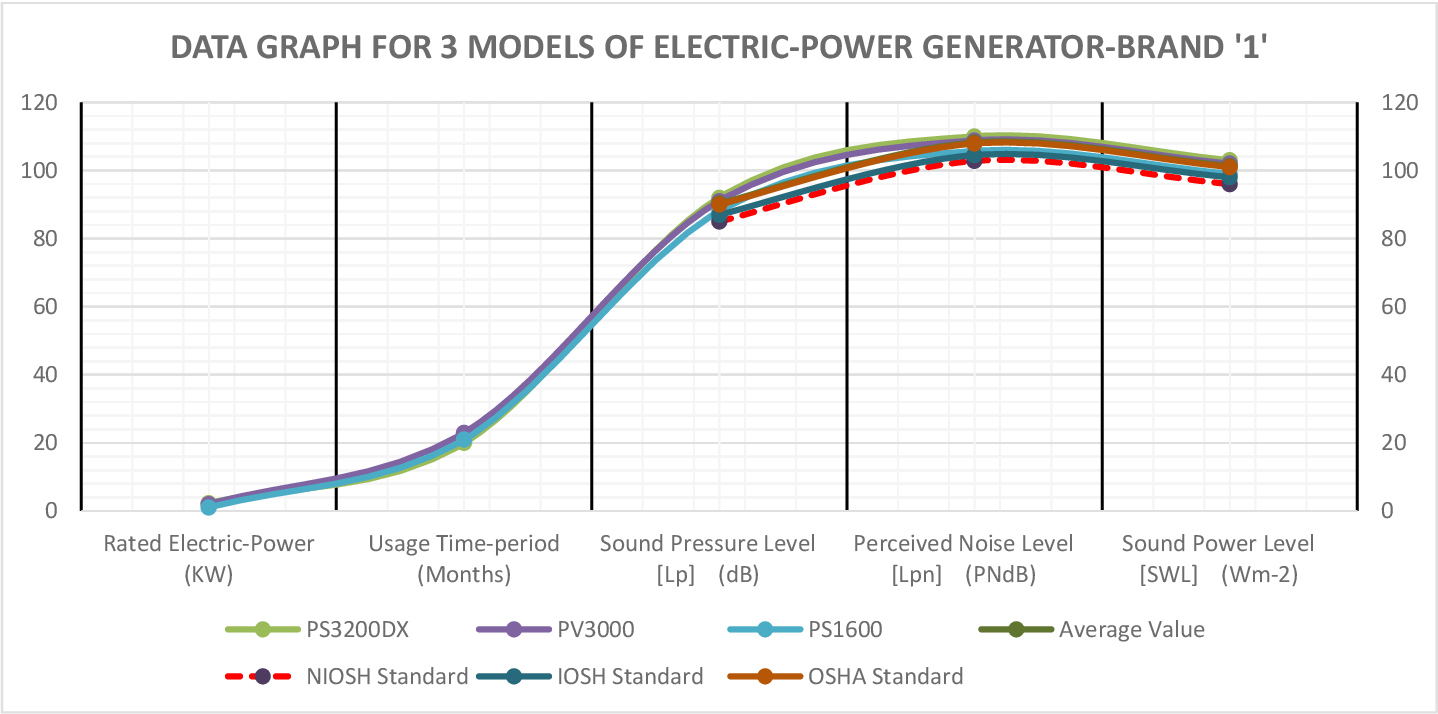
Generator noise levels vary widely depending on the size, type, brand and model of the generator. Smaller generators are typically quieter than larger generators, with some models operating as low as 50 decibels. On the other hand, some industrial-sized generators can reach levels as high as 100 decibels. For reference, a normal conversation is around 60 decibels. To reduce noise levels, many generators have sound-dampening enclosures, special mufflers and other noise-reduction features. Before purchasing a generator, it is important to consider the expected noise levels to determine if it is a good fit for the intended use.
Decibel Levels of Generator Types
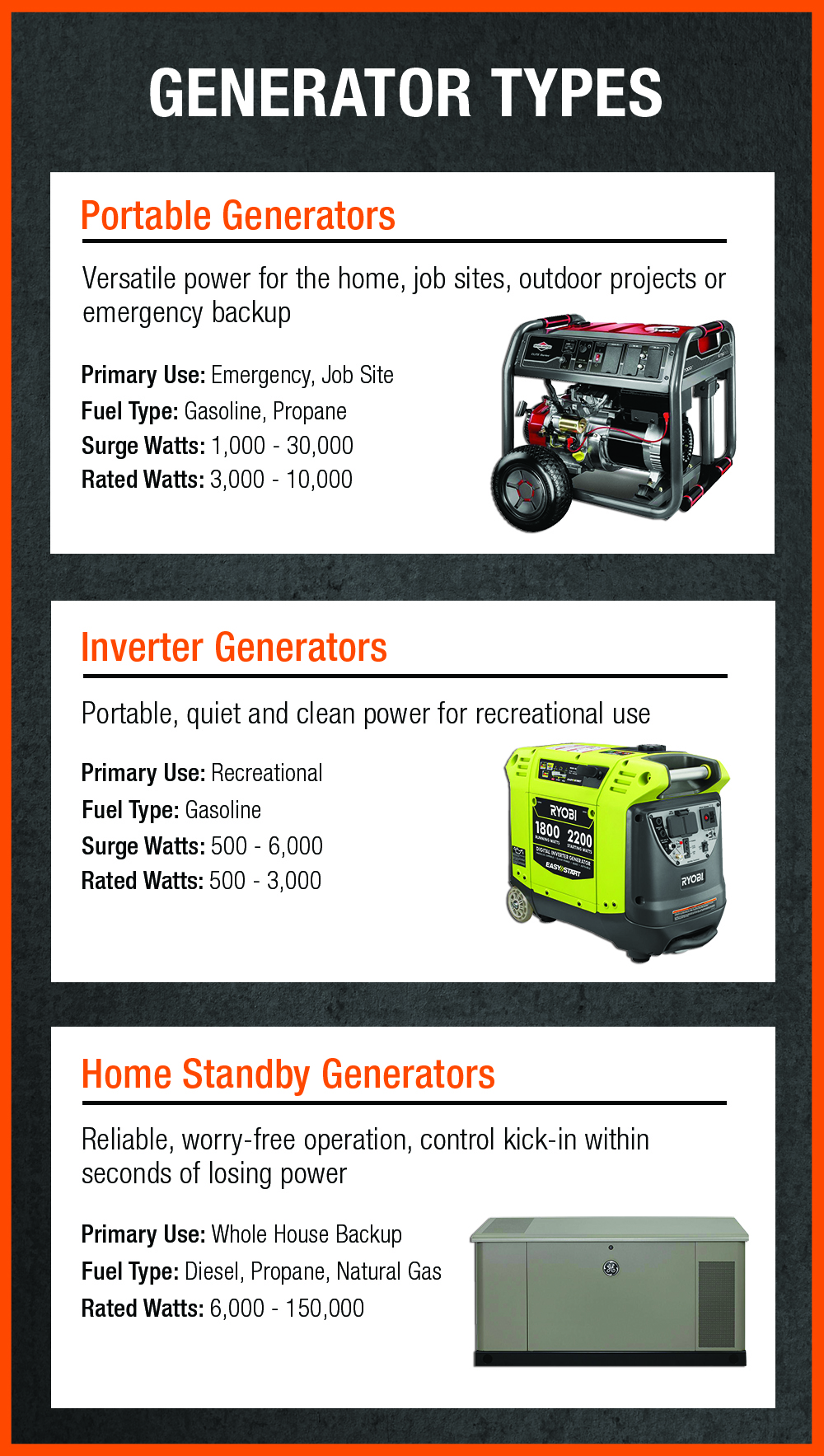
| Generator Type | Decibel Level |
|---|---|
| Diesel | 65-90 dB |
| Gasoline | 65-90 dB |
| Propane | 45-75 dB |
| Natural Gas | 45-75 dB |
| Hybrid | 45-65 dB |
| Solar | 45-50 dB |
Diesel and gasoline generators typically generate between 65 and 90 decibels of sound. Propane, natural gas, and hybrid generators are much quieter, producing between 45 and 75 decibels of sound. Solar generators are the quietest type, making between 45 and 50 decibels of sound.
Portable Generators


| Generator Model | Decibel Level (dB) |
|---|---|
| Honda EU2200i | 48 dB |
| Yamaha EF2200iS | 51 dB |
| Briggs & Stratton 30545 | 58 dB |
| Generac GP2200i | 53 dB |
| Champion Power 3500-Watt | 68 dB |
Portable generators are ideal for providing temporary power solutions in remote or outdoor settings. They are often used for camping trips, tailgating and other recreational activities. Many models are relatively quiet and provide a convenient, low-cost power source. The following table provides decibel levels for some of the most popular portable generators.
Standby Generators


Standby generators are a critical component of many businesses and homes. They provide a reliable source of electricity in the event of a power outage. The decibel rating of a standby generator is important to consider when selecting a generator, as it indicates how loud the generator will be during operation. Most residential standby generators have a noise rating of between 55 and 80 decibels, with commercial generators reaching levels of up to 85 decibels. As a point of reference, a vacuum cleaner typically produces a noise level of around 70 decibels.
Inverter Generators


Inverter generators are a form of portable generator that is popular among campers and RVers. They are smaller and more fuel-efficient than traditional generators, and they are able to produce cleaner, quieter power. They are also able to produce a steady stream of power, making them ideal for powering sensitive electronics such as laptops and tablets.
| Generator Type | Decibel Level |
|---|---|
| Traditional Generator | 55-75 dB |
| Inverter Generator | 50-65 dB |
Inverter generators are much quieter than traditional generators, with decibel levels usually ranging from 50-65 dB. This makes them ideal for use in areas where noise pollution is a concern. They are also much more fuel-efficient, making them a great choice for those who are looking to save money on fuel costs.
Factors Affecting Generator Noise Levels

- Size of the generator
- Type of generator in use
- Age of generator
- Location of the generator
- Amount of load the generator is running
- Environmental conditions
- Type of fuel being used
- Maintenance history of the generator
Generator noise levels can vary greatly depending on a variety of factors. These factors include the size of the generator, the type of generator in use, the age of the generator, the location of the generator, the amount of load the generator is running, the environmental conditions, the type of fuel being used, and the maintenance history of the generator. It is important to consider all of these factors when attempting to determine the noise level of a generator.
Advantages and Disadvantages of Generator Decibel Charts
| Advantages | Disadvantages |
|---|---|
| Generator decibel charts provide a quick, easy, and reliable way to measure sound levels emitted by a generator. | Can be inaccurate if the conditions of the generator, such as temperature and humidity, are not taken into account. |
| The charts are relatively inexpensive and can be obtained from hardware stores or online. | Takes a certain amount of knowledge and experience to understand and use the charts properly. |
| The charts are designed to provide an accurate assessment of the sound levels emitted by a generator. | The charts may not always be up-to-date and may not take into account new and improved technologies. |
Safety Considerations for Generator Decibel Charts
- When operating a generator, it is important to keep in mind the maximum decibel level for the environment.
- Ear protection should be worn when working with generators, as prolonged exposure to loud noise can cause hearing damage.
- It is important to check the noise level of the generator before purchase, as some models can be louder than others.
- Generators should be located away from living areas, as the noise can be disruptive.
- The generator should be properly maintained to avoid any issues with noise levels.
- When using a generator, it is important to check the local ordinances and laws to ensure that the noise level is within the legal limit.
Frequently Asked Questions
What is a generator decibel chart?
A generator decibel chart is a table or graph that shows the sound level emitted by a generator at various distances. It is used to determine the maximum safe operating distance of a generator, in order to comply with local noise regulations. The chart displays dB levels at different distances, allowing users to easily understand the sound level of the generator.
How can the generator decibel chart help me find a quieter generator?
A generator decibel chart can help you find a quieter generator by providing an easy-to-read comparison of the noise levels produced by different generators. The chart will typically list noise levels in decibels (dB) for each generator. Higher decibel ratings mean louder noise levels, so a lower decibel rating is ideal for a quieter generator. By comparing the decibel ratings on the chart, you can easily identify which generators produce the lowest noise levels.
What is the noise level of a Honda Generator?
Honda generators produce noise based on the model, but typically range from 53 to 65 dB(A) from 7 meters away. The noise level at the operator’s ear is much lower, typically around 10 dB lower.
What is the Noise Level Chart for Generators?
Generators produce a range of noise levels. A noise level chart provides a guide to the decibel (dB) rating for a range of generators. The chart typically displays the dB rating for a generator at a specific distance from the source. This can help a user decide which generator is most suitable for their application, as some locations may require a lower dB rating.
How can I reduce the noise level of my Honda generator?
The noise level of a Honda generator can be reduced by installing a muffler, using sound-deadening insulation, and mounting the generator on a vibration-absorbing platform. Additionally, regular maintenance such as checking the air filter, spark plug, and fuel line can help to reduce the noise level of the generator. Placing the generator in a sound-proof box or shed can also be beneficial.
Conclusion
A generator decibel chart can help you choose the right generator for your needs by informing you of the noise output levels associated with each model. This is especially important if you plan to use the generator in a residential area or any other area with noise restrictions. By understanding the differences between various types of generators and their noise levels, you can make an educated decision on the right generator for your situation.

